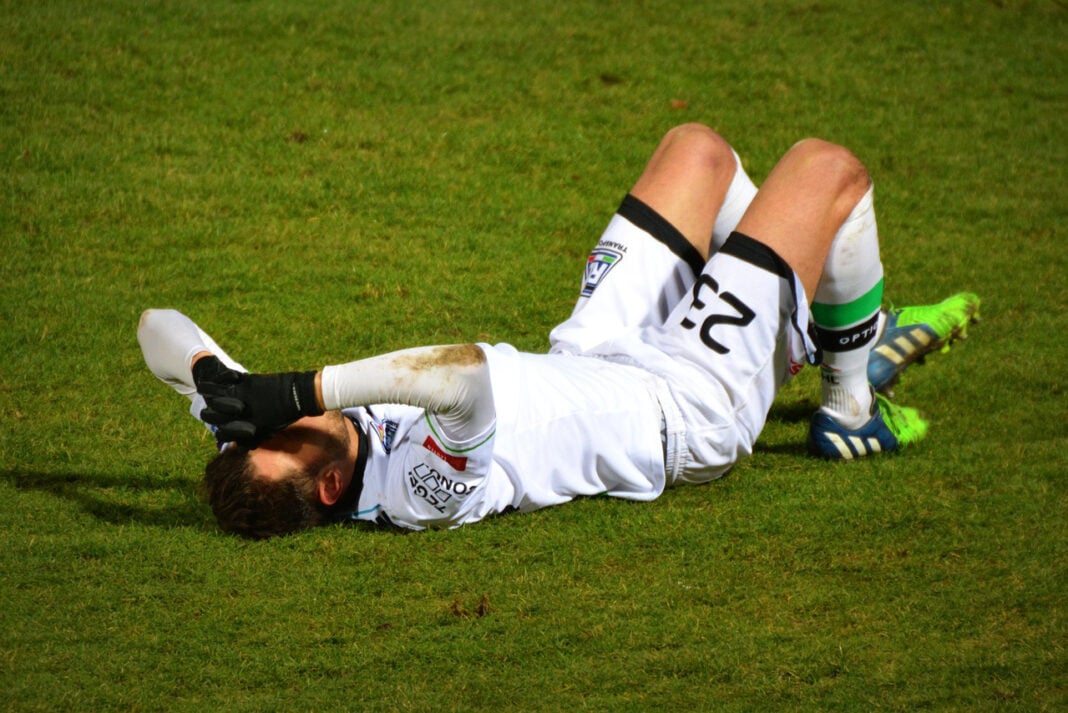Engaging in sports and physical activities can greatly enhance our health and well-being. However, with any form of physical exertion, there is always a risk of injury. While some minor injuries can be treated at home with rest and basic first aid, others may require professional medical attention.
Recognizing the signs that indicate when it is necessary to seek professional help is crucial in preventing further damage and ensuring a swift recovery. This guide aims to provide valuable information on identifying the severity of sports injuries and knowing when to consult with a medical professional.
Signs of a Severe Injury
Recognizing the signs of a severe injury is paramount in determining when to seek professional medical attention. Common indicators of a serious injury include intense pain that does not subside with rest or over-the-counter pain relievers, significant swelling, and an inability to bear weight or use the affected limb. Additionally, visible deformities or an unnatural angle of a joint or bone suggest that immediate medical evaluation is necessary. Ignoring these symptoms can lead to prolonged healing times and, in some cases, permanent damage.
Symptoms such as numbness, tingling, or a feeling of weakness in the injured area can indicate nerve or blood vessel damage, which requires urgent medical assessment. Any injury that results from a high-impact event, such as a fall from a significant height or a collision during contact sports, warrants a thorough check by a healthcare professional to rule out internal injuries. Understanding these signs helps in making informed decisions about when to seek medical help.
Monitoring Pain and Swelling
Pain and swelling are natural responses to injury, but their progression and intensity can provide crucial information about the injury’s severity. Persistent or worsening pain, even after applying ice, rest, and elevation, could suggest a more serious underlying issue such as a fracture or severe soft tissue damage. It is essential to monitor pain levels and how they change over time to determine if medical intervention is needed.
Swelling that does not reduce within a few days or continues to increase may indicate internal bleeding or a more significant structural injury, such as a ligament tear or joint dislocation. Tracking the swelling’s extent and changes can help decide whether it is safe to continue self-treatment or if professional evaluation is necessary. Your shoulder, for example, might feel fine after the initial injury, but persistent swelling and pain could be a sign of a rotator cuff tear that requires medical attention. Contacting a shoulder specialist can help provide an accurate diagnosis and appropriate treatment plan. Also, seeking professional help can prevent the worsening of the injury and avoid long-term complications.
Joint Instability and Limited Range of Motion
Experiencing joint instability or a limited range of motion after an injury can be a strong indicator that professional help is needed. Joint instability could signify damage to the ligaments, which are responsible for stabilizing the joints. Conditions such as sprains, strains, or even tears often present with a wobbliness or giving way sensation when pressure is applied, revealing an underlying injury that needs addressing.
Bruising and Discoloration
The appearance of significant bruising and discoloration around an injury site can be alarming and often signifies more than just a superficial wound. Bruising occurs when blood vessels under the skin are damaged, causing blood to seep into the surrounding tissues. While minor bruises are common and resolve on their own, extensive or spreading bruises may indicate deeper tissue damage or bleeding disorders that require medical attention.
Discoloration that changes progressively, particularly if accompanied by increased pain or swelling, could suggest complications such as a developing hematoma or compartment syndrome, where pressure builds up within the muscles, potentially leading to severe damage. Observing how the color and size of the bruising change over time helps to determine if it is part of the natural healing process or a sign of a more serious issue that necessitates professional assessment.
Recurring or Chronic Injuries
Dealing with recurring or chronic injuries can be frustrating and often indicates an underlying issue that has not been fully addressed. Recurring injuries often arise from incomplete healing, improper rehabilitation, or underlying biomechanical problems. If you find yourself repeatedly injuring the same area, it is a clear sign that you should seek professional help to identify and treat the root cause properly, rather than just addressing the symptoms.
Recognizing when to seek professional help for a sports injury is essential for promoting effective healing and preventing further complications. While minor injuries can often be managed with basic first aid and rest, more severe injuries call for a thorough evaluation by a healthcare professional. Paying close attention to signs such as intense pain, significant swelling, joint instability, and extensive bruising can help you make informed decisions about your health.






